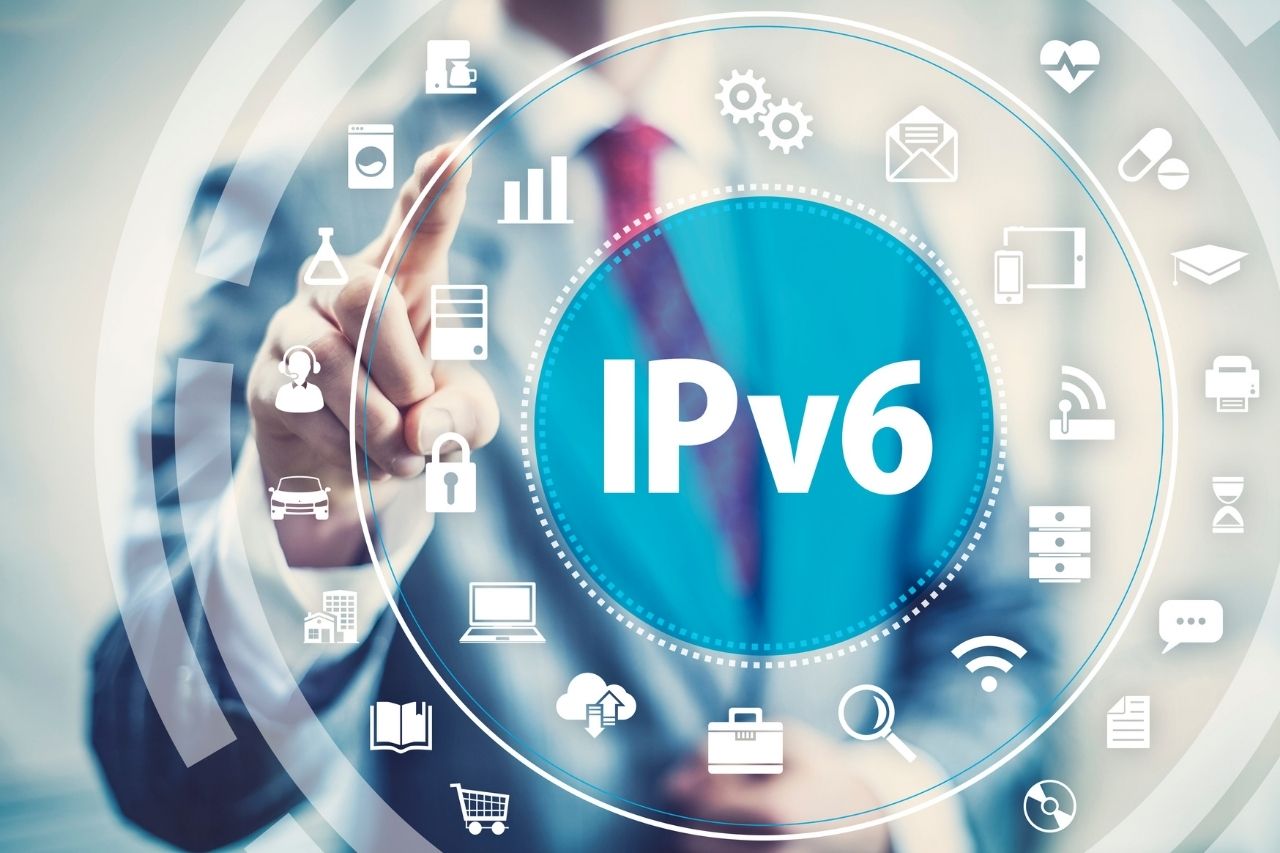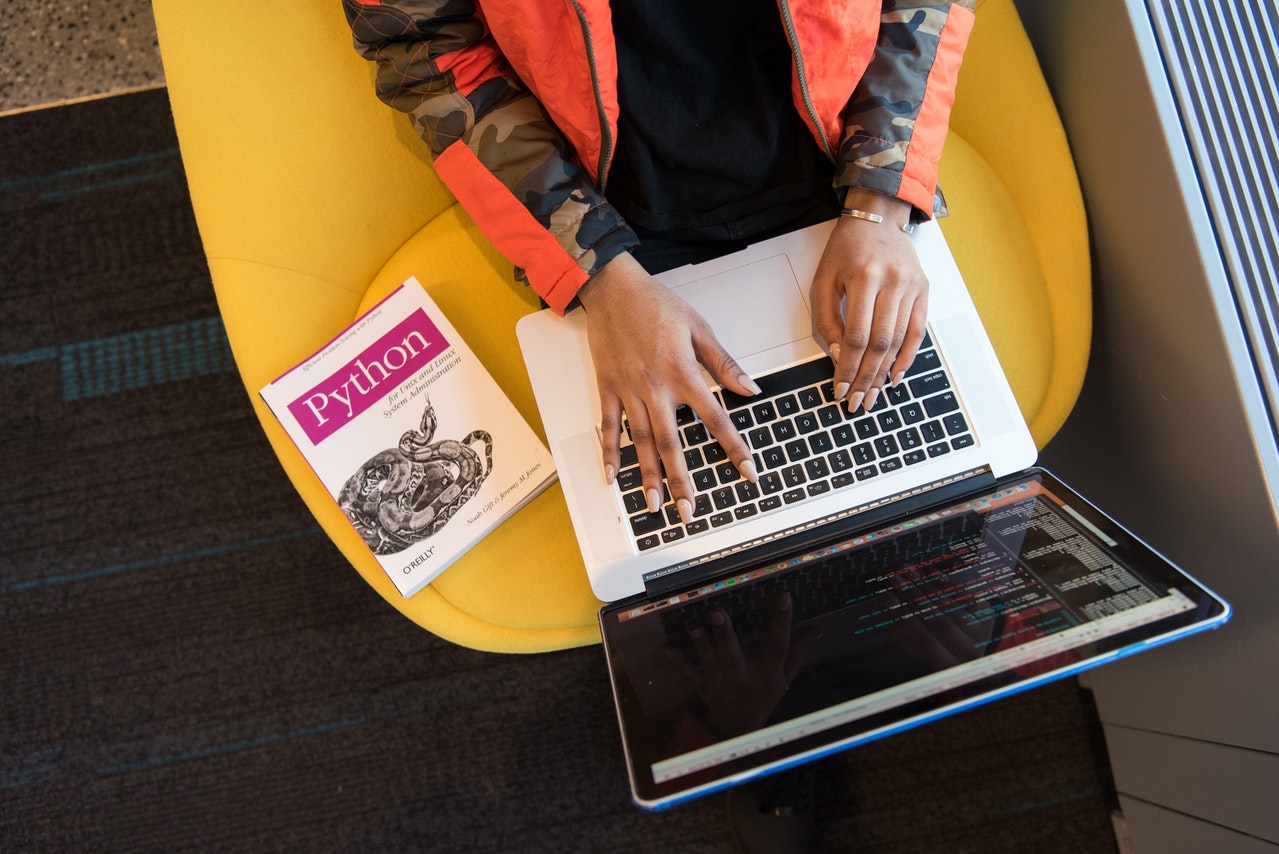Since the pandemic outbreak, our work has confined itself to our homes as we virtually connect to our peers. As we have shifted to remote work these days, remote desktop service has become handy to remotely access workstations and computers across the network. Apart from staying connected, Remote Desktop Service(RDS) also allows sharing data across the network and helps manage a large pool of remote computers.
To make this remote connection more secure, RDP security or Remote Desktop Protocol security has come into play. Through RDP, remote access is a feature available across all the OS platforms, thus making remote access a convenient way to collaborate with team members. Remote Desktop software can use other protocols such as VNC-virtual network computing and Independent Computing Architecture (ICA), but RDP is widely-used across devices.
And in the recent past, most businesses have switched to online platforms that rely on RDP to adopt this remote work culture to keep these businesses up and running. If not used securely, RDP based services can become a real threat to the corporate network. Since most companies and businesses are now allowing their employees to access their network from a remote source,it’s important to use RDP security to prevent intruders from gaining unauthorized access.
Different types of attack RDP is prone to
While using RDP is the best resort to operate during work from home situations, it still has some risk associated with it. It’s best to learn about the vulnerabilities of RDP before that later. Here are some of the most common attacks
1. Account/ credential harvesting
It is a method in which credentials are collected with the help of compromised network security. This is a very common method and can take various forms like collecting credentials by cloning the login page of different websites. After collecting these, they are sold on the dark web for lucrative prices. This can be prevented by using multifactor authentication and one-time-passwords wherever possible.
2. Man-in-the-middle attack
In this hackers enters the network and positions himself in between the conversation or exchange. There could be various motives behind this act like impersonating, eavesdropping, credential harvesting, installing malware etc. This can go undetected for days, if proper network audit is not done regularly.
3. Denial of service
In this the intruder purposefully shuts down the device or denies access to the rightful owner and makes it inaccessible. This can cost the user both time and money. They often target high profile organisations like banking, media companies etc.
4. Brute force attacks
It is a method in which the intruder uses trial and error methods to get login credentials, bank passwords, PIN etc.it is one of the most popular methods because the reward obtained is huge. There could be many motives behind this like stealing personal data or money, installing spyware, hacking the system or ruining public image etc.

RDP Security Protection
When using a remote desktop, these factors are primary concerns:
- Security of a remote desktop session.
- Access to exposed Systems in the network.
- Security and risks of an exposed system.
Since the WannaCry Ransomware attack in mid-2017, cybercriminals have found a way to exploit Remote Desktop Services to launch ransomware campaigns across the world targeting all kinds of businesses alike. There are high chances of APT- Advanced Persistent threats, wherein intruders penetrate into the network and remain undetected for a long period of time, monitoring all the internal affairs of an enterprise. So it’s very important to take RDP security into consideration to avoid these.
RDP always uses a network port 3389 to build a physical connection between the computers to send data back and forth over the internet. This enables attackers to actively search for systems with unsecured connections. Cybercriminals have been actively scouting for vulnerabilities in RDP security to compromise the enterprise data or network and systems.
Vulnerability is a gap or an error during the development of a software or a feature, that may lead to a security breach, and RDP Security is no exception. Cyber Security experts have marked two such common vulnerabilities that compromise RDP Security.
A) Weak Sign-in Credentials
As We need a password to log in to our computers, in a similar fashion we need a password to build a secure RD connection. In an ideal condition, a distinct password must be used. But that is very rarely seen. Most of the time, all the passwords for different platforms are the same. And this allows attackers to carry out brute-force algorithms to crack this password and gain unauthorized access.
B) Unrestricted Port access
Even with a strong password, the risks are still high. The Internet is being actively scanned for open port 3389 (the default RDP port). And with the help of this information, users with open ports can easily be discovered on the open internet. So, it is essential to control the port usage effectively. These require proper firewall
RDP has other vulnerabilities, but most of them have been corrected in its security patches. Hence it is a mandate to use updated latest versions of the software to ensure RDP security.
RDP Security Protection for Organisations
Apart from collaboration, Remote Desktop is used by Schools, Hospitals, govt. organisation too, to manage a large set of computers. These public organisations are at a greater risk as this puts all the data connected to the network a target of malicious attacks. Here are a few tips to help you manage your remote desktop-1.Encryption of data-
Data encryption is one of the most important features of RDP security. It helps to protect the sensitive information of all individuals in the organisation. It helps to encrypt the data and back it up to prevent data loss. All the backed up data is stored in the host server which is easily accessible as per necessity.
2. Involvement of IT
Procuring IT services at the very beginning ensures RDP Security is considered on every step of remote connectivity. Apart from this,various recommendations can be made as to how new and secured technology can be added to the existing network and what additional security measures might be needed.
3. Enhanced Security controls for all communications
All computers and devices should have a restricted range of usage,as in those that actually need access to remote desktop should be given access, rest can function as usual with the existing features and all devices so that all the communications can be monitored and controlled. This will help in identifying unauthorized access to the organisation.
4. Create written guides and how-to documents for new software & staff
When new software and technologies are installed, elaborate guides should be provided to help them use the Applications securely. Newly recruited staff should be guided initially on how to use the digital tools and software. This prevents unwanted mistakes and keeps the RDP security maintained.
RDP Security Protection for Employees
Apart from the security measures taken by the organisation. Here are a few tips to help employees manage their remote desktop
1. Strict adherence to IT protocols and company guidelines
As we know RDP security can be ensured, if all the host computers or servers are encrypted with multi-factor authentication, gateways, firewalls etc. However, there is something employees or end-users can do to maintain RDP security.
Employees should follow the guidelines and abide by the regulations of the organisation. Various rules and regulations might include- not transferring data into their personal devices as it might not have RDP security, no sharing of credentials with other persons etc, as that might open a way for unauthorised access.
2. Restrictions on Use of Unauthorized software, USB drives
Many organisations have their own proprietary application software. Employees should not be allowed to use any other applications other than the ones provided by the organisation. Employees should limit the use of USB drives since they might contain malware from infected computers.
3. Report of lost or stolen devices
It’s important to make sure that one knows what to do if their device is lost or stolen. That includes who to report it to; employees who fear getting into trouble are less likely to report lost devices quickly, which might lead to disastrous consequences if found by a hacker or scammer.
4. Beware of phishing acts
Phishing is a very common way to trick users into sharing personal data such as account numbers or IDs, passwords, bank details etc. These phishing activities generally happen through messages or emails. An email or a text message from fraudsters posing as a genuine service provider can easily influence you to visit malicious websites.
These websites can also look like everyday shopping websites or something in general such as a bank website but steal users’ sensitive data.
In a Remote desktop environment, it is necessary for the users to be aware of such acts because most of the cyberattacks like ATP and ransomware, all started with a simple phishing attack.
RDP Security Protection for Businesses
Businesses use RDP to operate on a daily basis. Most of the Cyber Attacks that have been in the past have targeted small businesses and Enterprises alike. Attackers are constantly on the watch for businesses with outdated systems, so that they can launch their malicious campaigns like ransomware. Here are a few tips to help you manage your remote desktop-
1. Regular Update policy
Old computers systems and outdated software lack advanced security controls, thus they are prime targets of Cyber Attacks. To ensure RDP Security, computers need to run the latest versions of the software, including antivirus software. Regular audits of the computer systems should be carried out to reduce potential risks.
2. Limit usage of RD basis of use
Though RD has extensive use, only a few users genuinely require remote access. IP based Access Control List(ACL) can be implemented, to control remote access on specific IP addresses. It helps to save both remote access resources and prevent unauthorised access through idle remote desktops or user accounts.
3. Use of Cybersecurity technologies like Virtual desktop solutions
A remote desktop service along with a Virtual desktop service or Daas will ensure a more secure RDP connection in a cost-effective way. Some of these include Amazon workspaces, VMware, Citrix etc. Adopting such cloud-based software can be a very effective solution to RDP security since they provide better security and management tools for employees and IT admins too.
4. Activating timeout sessions
By activating timeout sessions, it is ensured that the user gets logged out after a specified time. In this method, the intruder gets logged out after a certain time even if it uses the most active network connection.
RDP Security Protection for Customers
Security is very personal to everyone, be it businesses as a whole or individuals. Here are a few tips for individuals to help manage their remote desktop-
1. Use of Complex passwords and 2-FA for RD Service
Strong credentials, which is a mix of letters, numbers and symbols, should be during Remote access. A complex password coupled with a 2 step verification process (also 2-FA/ MFA), such as One time Pin (OTP ) makes it difficult for an intruder to get into the network.
2. Use of Genuine software and applications
Even when you don’t have the capital to buy resources, pirated software is a big no. It might not cost you anything then, but can turn out to be a big bummer in the long run. Always uses genuine applications from trusted sources so that they get regular security updates.
3. Use of VPN
Virtual private networks help you to privately access public networks without exposing your computer to the vulnerabilities of RDP security. They also protect the data transmission from the attackers by encrypting the data, before they are shared via the internet.
4. Should always close their RDP session before leaving the system
When using a remote desktop application, it must be ensured that the application is shut down properly.If left unattended, somebody might penetrate into the network and initiate malware causing havoc in the network.
While RDP security is a very valid and accessible solution for collaboration and remote work, it still has some loopholes. RDP security can be further strengthened by using VPN and other modern solutions like Beyond trust. Apart from that, additional efforts should be taken to identify exposed RDP networks, calculate the risk involved and then make decisions. This could minimise the failure of RDP security and in turn sustain the organisation.






